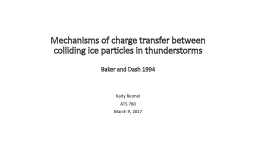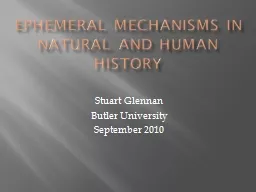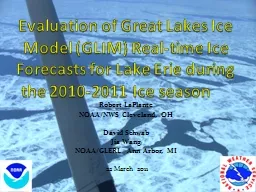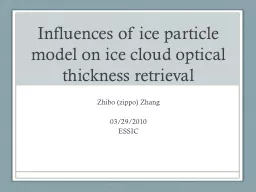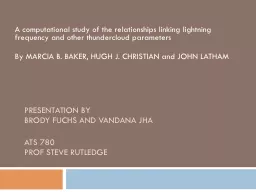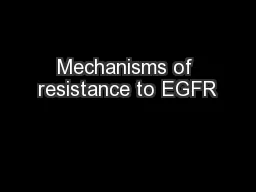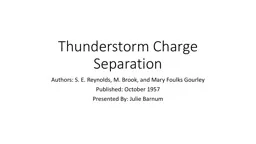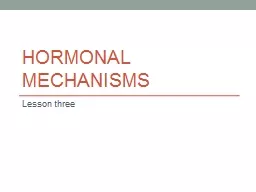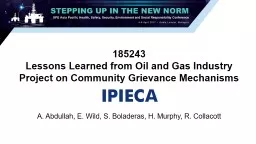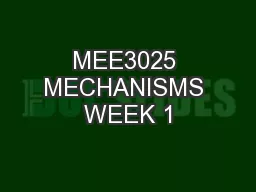PPT-Mechanisms of charge transfer between colliding ice particl
Author : marina-yarberry | Published Date : 2017-10-28
Baker and Dash 1994 Karly Reimel ATS 780 March 9 2017 Baker et al 1987 Looked at charge transfer to a rimed rod moving through a cloud in which liquid water temperature
Presentation Embed Code
Download Presentation
Download Presentation The PPT/PDF document "Mechanisms of charge transfer between co..." is the property of its rightful owner. Permission is granted to download and print the materials on this website for personal, non-commercial use only, and to display it on your personal computer provided you do not modify the materials and that you retain all copyright notices contained in the materials. By downloading content from our website, you accept the terms of this agreement.
Mechanisms of charge transfer between colliding ice particl: Transcript
Download Rules Of Document
"Mechanisms of charge transfer between colliding ice particl"The content belongs to its owner. You may download and print it for personal use, without modification, and keep all copyright notices. By downloading, you agree to these terms.
Related Documents

